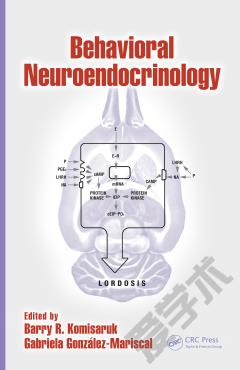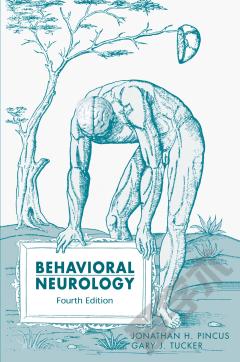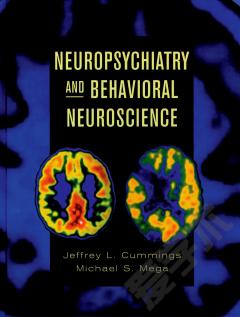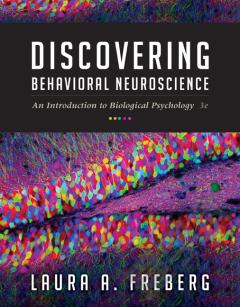Neurobiology of Grooming Behavior
Preface 1. Grooming, sequencing, and beyond: how it all began M. Frances Stilwell and John C. Fentress 2. Self-grooming as a form of olfactory communication in meadow voles and prairie voles (Microtus spp.) Michael H. Ferkin and Stuart T. Leonard 3. Phenotyping and genetics of rodent grooming and barbering: utility for experimental neuroscience research Carisa L. Bergner, Amanda N. Smolinsky, Brett D. Dufour, Justin L. LaPorte, Peter C. Hart, Rupert J. Egan and Allan V. Kalueff 4. Social play, social grooming and the regulation of social relationships Sergio M. Pellis and Vivien C. Pellis 5. Grooming syntax as a sensitive measure of the effects of subchronic PCP treatment in rats Marie-Claude Audet and Sonia Goulet 6. Modulatory effects of estrogens on grooming and related behaviours Rachel A. Hill and Wah Chin Boon 7. Lack of barbering behaviour in the phospholipase Css1 mutant mice, a model animal for schizophrenia Hee-Sup Shin, Daesoo Kim and Hae-Young Koh 8. Grooming after cerebellar, basal ganglia, and neocortical lesions R. Lalonde and C. Strazielle 9. Striatal implementation of action sequences and more: grooming chains, inhibitory gating and relative reward effect Howard Casey Cromwell 10. An ethological analysis of barbering behaviour Brett D. Dufour and Joseph P. Garner 11. Should there be a category: 'grooming disorders'? Lara J. Hoppe, Jonathan Ipser, Christine Lochner, Kevin G. F. Thomas and Dan J. Stein 12. Neurobiology of trichotillomania Srinivas Singisetti, Sam R. Chamberlain and Naomi A. Fineberg Index.
{{comment.content}}








 京公网安备 11010802027623号
京公网安备 11010802027623号